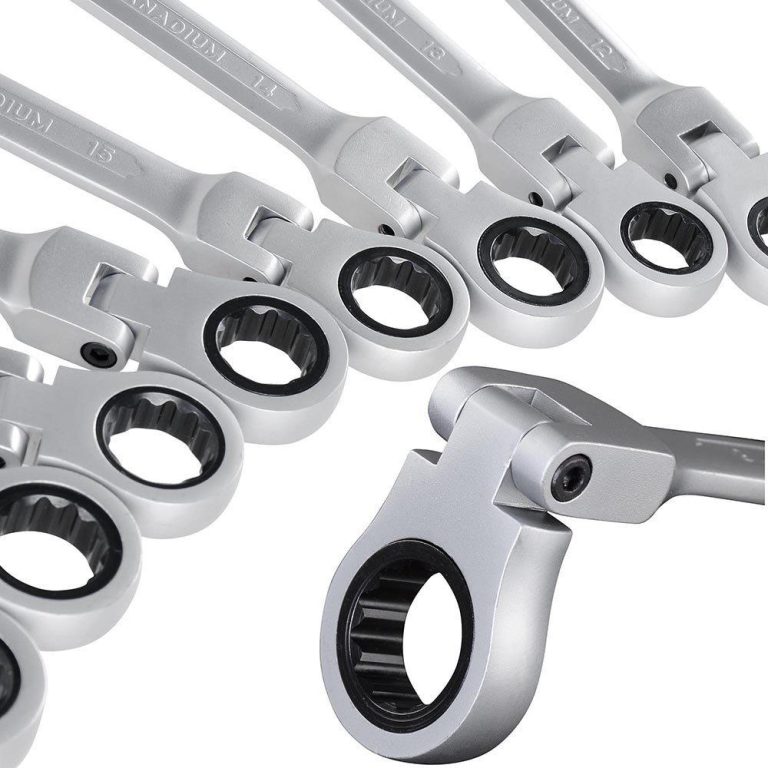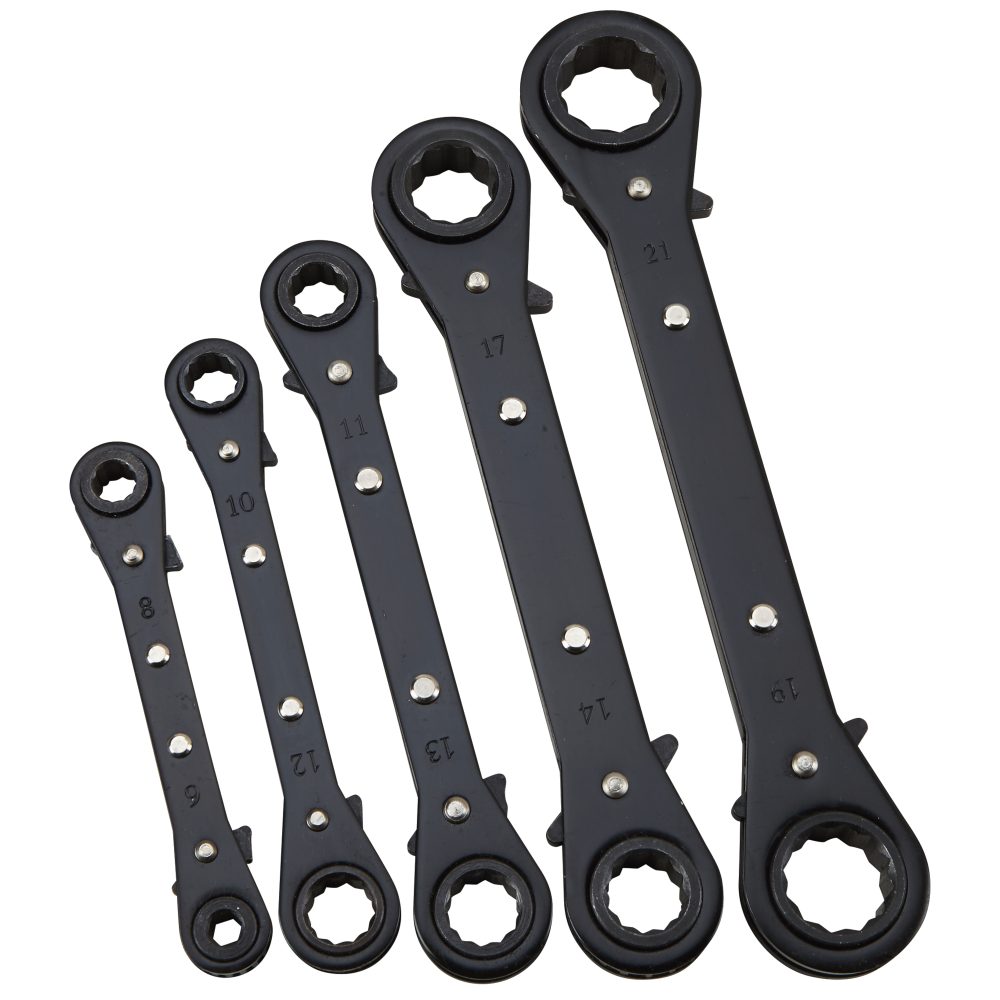
Box End Wrench: Effective DIY Projects and Professional Repairs
A box end wrench is an indispensable tool in both professional workshops and household toolkits. Known for its distinctive closed-loop design, the box end wrench provides superior grip and torque compared to other wrench types. Whether you’re a seasoned mechanic or a DIY enthusiast, understanding the features, uses, and maintenance of a box end wrench can significantly enhance your efficiency and effectiveness in various tasks. In this comprehensive guide, we will delve into everything you need to know about box end wrenches, ensuring you make the most out of this versatile tool.
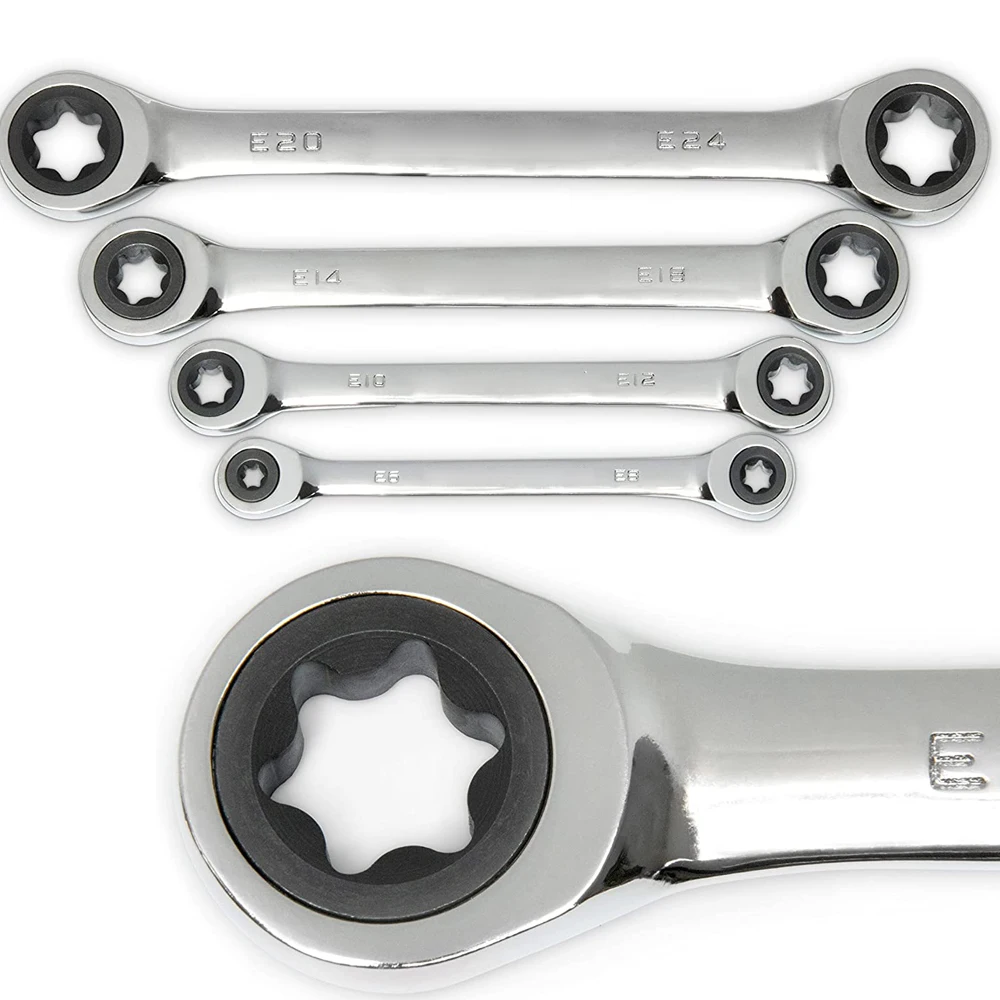 What is a Box End Wrench?
What is a Box End Wrench?
A box end wrench is an essential tool for turning bolts and nuts. Its unique design allows it to fully enclose the fastener, providing better grip and minimizing slippage. Box end wrenches are part of every professional and hobbyist’s toolkit.
Definition and Features
The box end wrench has a closed-loop design at one or both ends. These loops are shaped to fit specific sizes of bolts or nuts. Made from durable materials like steel or chromium-vanadium, they ensure long-lasting performance. The wrench’s design allows even torque distribution, which reduces wear on fasteners.
Features often include angled ends for accessibility in tight spaces. Double-ended wrenches usually have differently sized loops on each end. These handy tools come in metric or standard measurements, catering to various applications.
Types of Box End Wrenches
There are several kinds of box end wrenches to suit various tasks. Single-box wrenches have one enclosed end for specific fastener sizes. Double-box wrenches offer two closed loops for versatility.
Offset box wrenches feature an angled head for hard-to-reach areas. Ratcheting box wrenches allow faster fastening without lifting the wrench repeatedly. Flex-box wrenches have flexible heads for working around obstacles. Such variety ensures there’s a box end wrench for any job.
Benefits of Using a Wrench
Box end wrenches offer numerous benefits that make them indispensable for both professionals and DIY enthusiasts. Their design and practicality ensure efficient and reliable tool performance.
Precision and Tight Fitting
Box end wrenches are known for their precision. The closed-loop design fully encircles a fastener, ensuring a tight and secure grip. This minimizes the risk of slipping, which can damage nuts or bolts. The snug fit also allows for smooth and accurate torque application. Whether you’re working on sensitive machinery or high-pressure systems, this feature ensures consistent results.
These wrenches are perfect for tasks requiring fine control. Their ability to grip securely reduces errors during fastening or loosening. Precision is particularly helpful for small or delicate parts, making the job easier and safer.
Durability and Strength
Box end wrenches are built to last. Made from durable materials like chromium-vanadium steel, they resist wear and corrosion. This strength allows them to handle high torque without bending or breaking.
The sturdy construction ensures longevity, even with regular use in demanding environments. Some box end wrenches are heat-treated for added durability, making them resistant to deformation under pressure. Their toughness is suitable for heavy-duty tasks, including automotive repairs and industrial applications.
Investing in box end wrenches means choosing tools that stand the test of time. Their durability and reliability make them a smart choice for professionals and hobbyists alike.
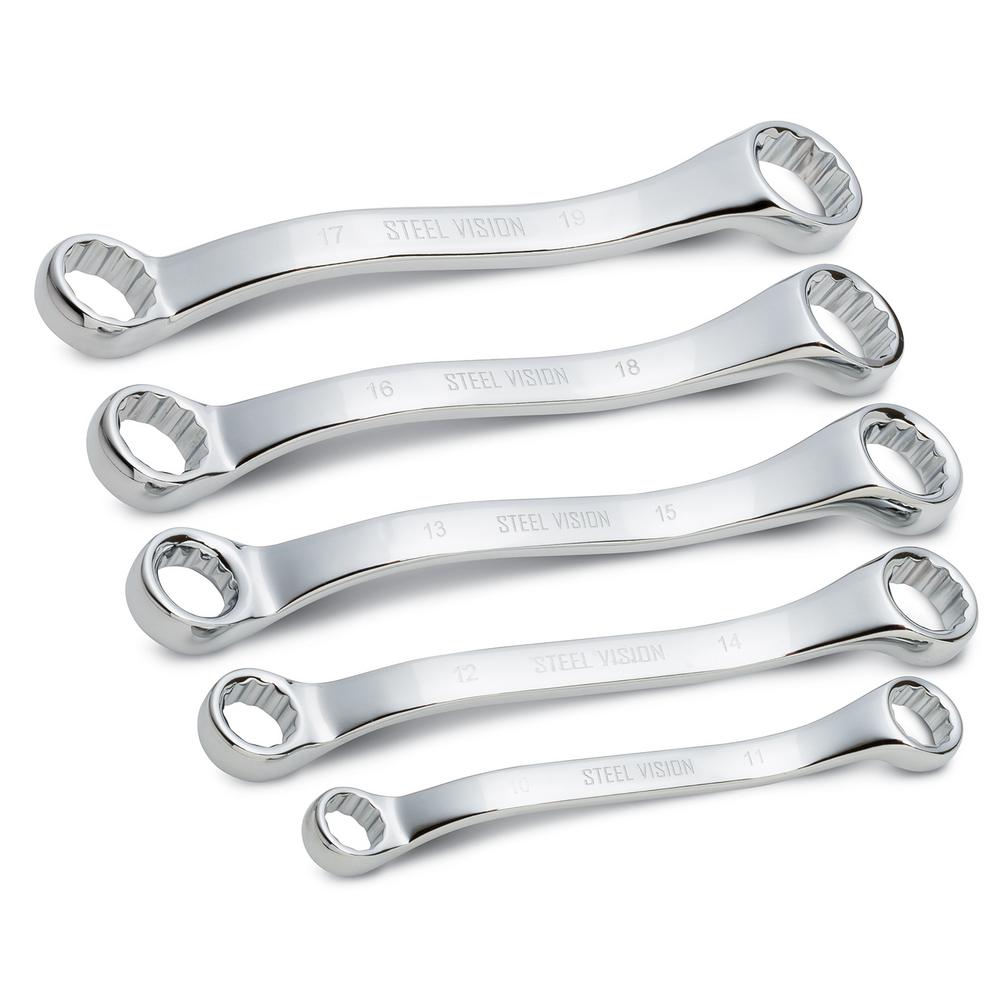 Common Uses of Wrenches
Common Uses of Wrenches
Box end wrenches are versatile tools suited to a wide range of applications. Their precision, durability, and design make them useful in various industries and tasks. Below are some of the most common uses for these essential tools.
Automotive Repairs
Box end wrenches are indispensable in automotive repair work. They allow mechanics to tighten or loosen bolts and nuts securely. Their closed-loop design provides an efficient grip, ensuring the fastener stays in place.
These wrenches are especially useful for working on engines, suspensions, and exhaust systems. Offset and ratcheting types make accessing tight spots easier. The ability to distribute torque evenly helps avoid damaging sensitive parts. For professional or DIY car maintenance, box end wrenches are a go-to tool.
Plumbing Applications
Plumbers often rely on box end wrenches to work on pipe fittings and fixtures. The secure fit reduces slippage, ensuring efficient tightening or loosening. Their angled heads and compact sizes help reach confined spaces under sinks or behind walls.
Ratcheting box end wrenches are particularly handy for repetitive tasks. They save time when working on threaded connectors. These tools provide the reliability needed to handle plumbing challenges with ease.
General Maintenance Tasks
Box end wrenches are useful for general maintenance around homes, offices, and workshops. From assembling furniture to fixing appliances, they offer precision and reliability. Their sturdy design handles a variety of nuts and bolts in different sizes.
For tasks requiring a snug fit, these wrenches minimize risk of fastener damage. Their flexibility and durability ensure smooth operation in day-to-day repairs. Whether tightening shelves or repairing machinery, box end wrenches are essential for maintenance professionals and hobbyists.
Box End Wrench vs. Other Wrenches
Box end wrenches stand out in the world of hand tools. Their closed-end design ensures excellent grip and torque. Comparing them with other wrench types reveals distinct advantages and differences.
Key Differences from Open-End Wrenches
Box end wrenches differ significantly from open-end wrenches. Open-end wrenches have open jaws instead of closed loops.
- Grip and Contact: Box end wrenches fully enclose the fastener, while open-end wrenches hold it only on two sides. This reduces the risk of slipping or rounding off the fastener.
- Torque Application: Box end wrenches distribute torque evenly around the fastener. Open-end wrenches, on the other hand, can cause uneven force and more wear over time.
- Use Cases: Open-end wrenches work faster for loose fasteners but lack the precision of box end wrenches. Box end wrenches are ideal for tighter bolts and delicate machinery work.
Comparison with Combination Wrenches
Combination wrenches offer a mix of box end and open-end designs. However, box end wrenches still excel in certain areas.
- Specialized Precision: While combination wrenches are versatile, box end wrenches provide maximum grip and better torque.
- Design Focus: Combination wrenches split functionality between two ends. Box end wrenches concentrate on closed-loop usability.
- Durability: With focused construction, box end wrenches tend to withstand more wear, making them more durable.
Advantages Over Socket Wrenches
Socket wrenches and box end wrenches serve similar purposes but have clear differences.
- Compact Size: Box end wrenches are smaller, making them ideal for tight spaces where a socket wrench might not fit.
- Ease of Handling: Socket wrenches require additional tools like ratchets. Box end wrenches are simpler, with no extra parts.
- Quick Setup: With a box end wrench, you can start working immediately without switching sockets.
Box end wrenches are versatile tools for a variety of tasks. Their precision, grip, and torque capabilities make them an essential part of your toolkit.
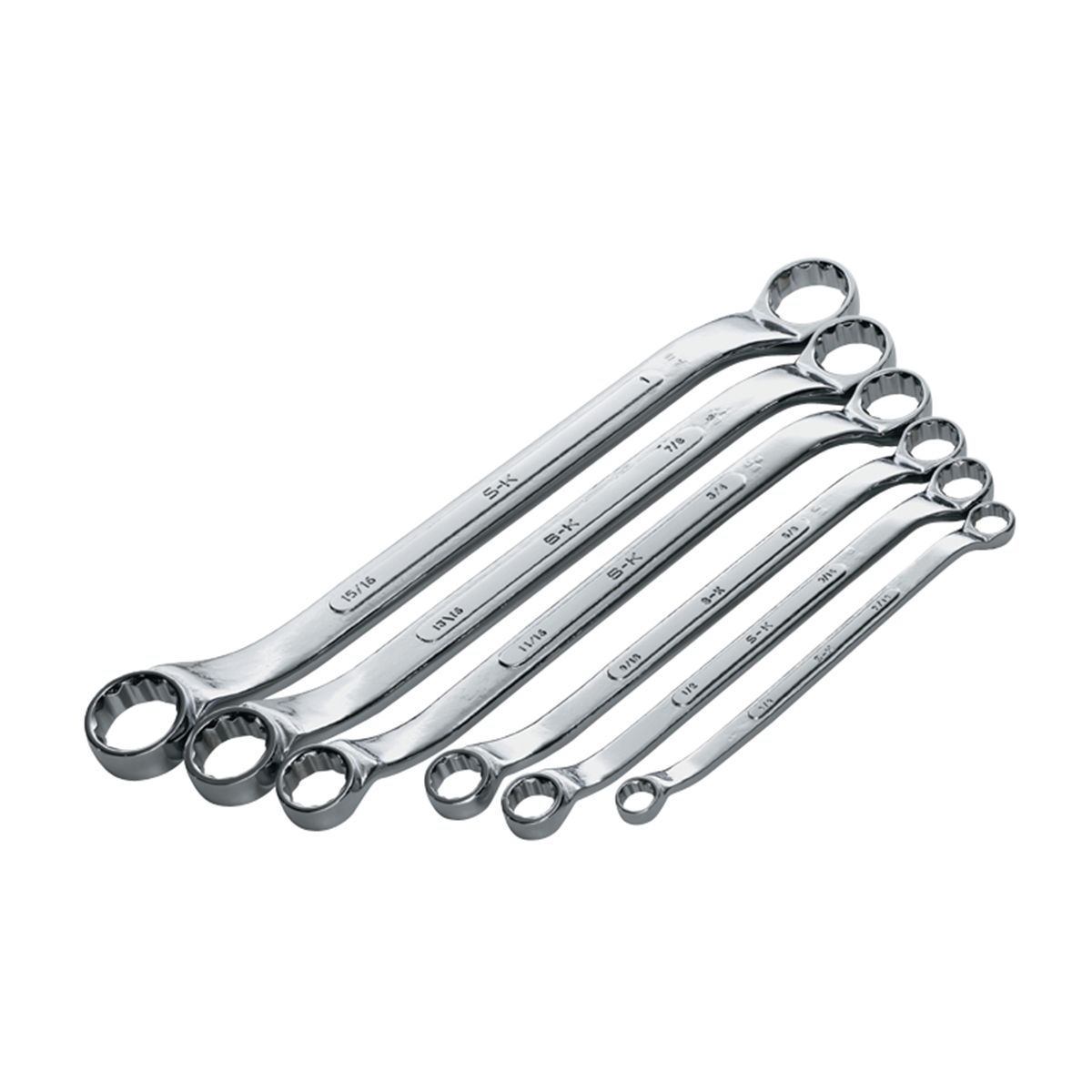 How to Choose the Right Wrench
How to Choose the Right Wrench
Selecting the right box end wrench ensures efficient work and extends tool durability. A careful assessment of size, material, and design, as well as knowledge of trusted brands, can guide you to the best choice. Here’s how to make the right decision.
Factors to Consider (Size, Material, and Design)
Choosing a box end wrench involves evaluating three primary factors: size, material, and design.
- Size Compatibility: Always match the wrench size with the fastener. Wrenches come in metric and standard sizes. Measure the nut or bolt before purchasing to ensure a snug fit.
- Material Strength: Durable materials ensure the wrench lasts longer. Look for tools made from chromium-vanadium or alloy steel. These materials resist wear and provide strength for high-torque applications.
- Design Features: Consider the wrench type that suits your needs. Offset designs help with tight spaces, while ratcheting models speed up repetitive tasks. Flexible heads work well around obstacles in complex projects.
By focusing on these factors, you’ll select a tool that fits your requirements perfectly.
Popular Brands to Look For
Picking a reliable brand ensures better quality and performance. Some top brands to consider include:
- Snap-on: Known for premium tools, Snap-on wrenches offer excellent durability and precision.
- Craftsman: Craftsman products provide a balance of affordability and reliability. They are a popular choice for DIY users.
- GearWrench: GearWrench specializes in innovative designs, particularly ratcheting wrenches, catering to efficiency.
- Stanley: Stanley wrenches are a great option for hobbyists, ensuring durability at a lower price point.
- Husky: A trusted choice for heavy-duty tasks, Husky tools offer excellent strength and lasting performance.
Buying from renowned brands ensures you get a product with a tested reputation. Research customer reviews to validate your choice. Selecting the right brand and design guarantees that your box end wrench will meet your expectations and withstand continuous use.
Tips for Proper Use and Maintenance
Proper use and maintenance of a box end wrench ensure long-lasting performance and user safety. By following best practices and regular care, you can keep your tools in excellent condition.
Best Practices for Safe Handling
- Choose the Right Wrench Size: Use a wrench that fits the fastener snugly to avoid damage.
- Apply Steady Force: Use controlled and even force when turning fasteners to prevent slipping or injury.
- Avoid Over-Tightening: Tighten bolts and nuts to the recommended torque to prevent thread damage.
- Inspect Before Use: Check for cracks, rust, or wear before using the wrench.
- Use Protective Gear: Wear gloves to ensure a firm grip and protect your hands from accidents.
- Hold Securely: Grip the wrench handle firmly and keep your hand away from moving parts.
- Work in a Stable Position: Ensure proper footing and balance while using the wrench.
Following these practices minimizes risks and enhances tool efficiency.
Cleaning and Storing Your Box End Wrench
- Clean After Each Use: Wipe the wrench with a dry cloth to remove dirt and grease.
- Use Mild Cleaners: For stubborn grime, use a soft brush with mild soap and water.
- Dry Thoroughly: Always dry the wrench completely to prevent rust formation.
- Apply a Light Oil Coating: Use a rust-preventive oil to protect the surface from corrosion.
- Store in a Dry Place: Keep the wrench in a toolbox or hang it on a pegboard.
- Organize by Size: Arrange your wrenches by size for easy identification and access.
- Avoid Dropping: Handle the tool carefully to prevent bending or denting.
Regular cleaning and proper storage habits will prolong your wrench’s life, saving you money. By taking care of your tools, you ensure they are always ready for the next job.
Where to Buy Wrenches
Finding the right box end wrench starts with knowing where to purchase quality tools. Reliable suppliers ensure you get durable and effective wrenches for your tasks.
Hardware Stores and Online Retailers
- Local Hardware Stores: Visit nearby hardware outlets for hands-on inspection of wrenches.
- Advantage: Immediate purchase and expert advice from store staff.
- Popular Choices: Stores like Home Depot and Lowe’s stock trusted brands.
- Tool Specialty Stores: Explore stores dedicated to hand tools for professional-grade wrenches.
- Benefit: Larger selection tailored to mechanics and tradespeople.
- Example: Snap-on outlets provide specialized solutions to meet diverse needs.
- Online Retailers: Browse for competitive prices and a wide assortment of products.
- Convenient Options: Websites like Amazon and Walmart host multiple brands and models.
- Customer Feedback: Reviews help you evaluate quality before buying.
Guides for Finding the Best Deals
- Compare Prices: Check multiple sellers, both online and offline, for competitive rates.
- Tip: Online platforms often offer discounts on popular items.
- Seasonal Sales: Look for sales during holidays like Black Friday or year-end specials.
- Save More: Festive sales bring bargains on premium tools.
- Bundle Offers: Buy wrench sets instead of individual tools to reduce overall costs.
- Price Advantage: Sets provide versatile wrenches for diverse fasteners.
- Read Reviews: Study buyer feedback to know durability, performance, and real-world experiences.
- Safety Tip: Avoid brands with frequent complaints about breaks or wear.
- Membership Discounts: Join loyalty programs at major stores for exclusive deals.
- Membership Value: Benefits include lower prices and early sale notifications.
Whether in stores or online, compare options thoroughly. Smart shopping ensures quality tools at the best prices.
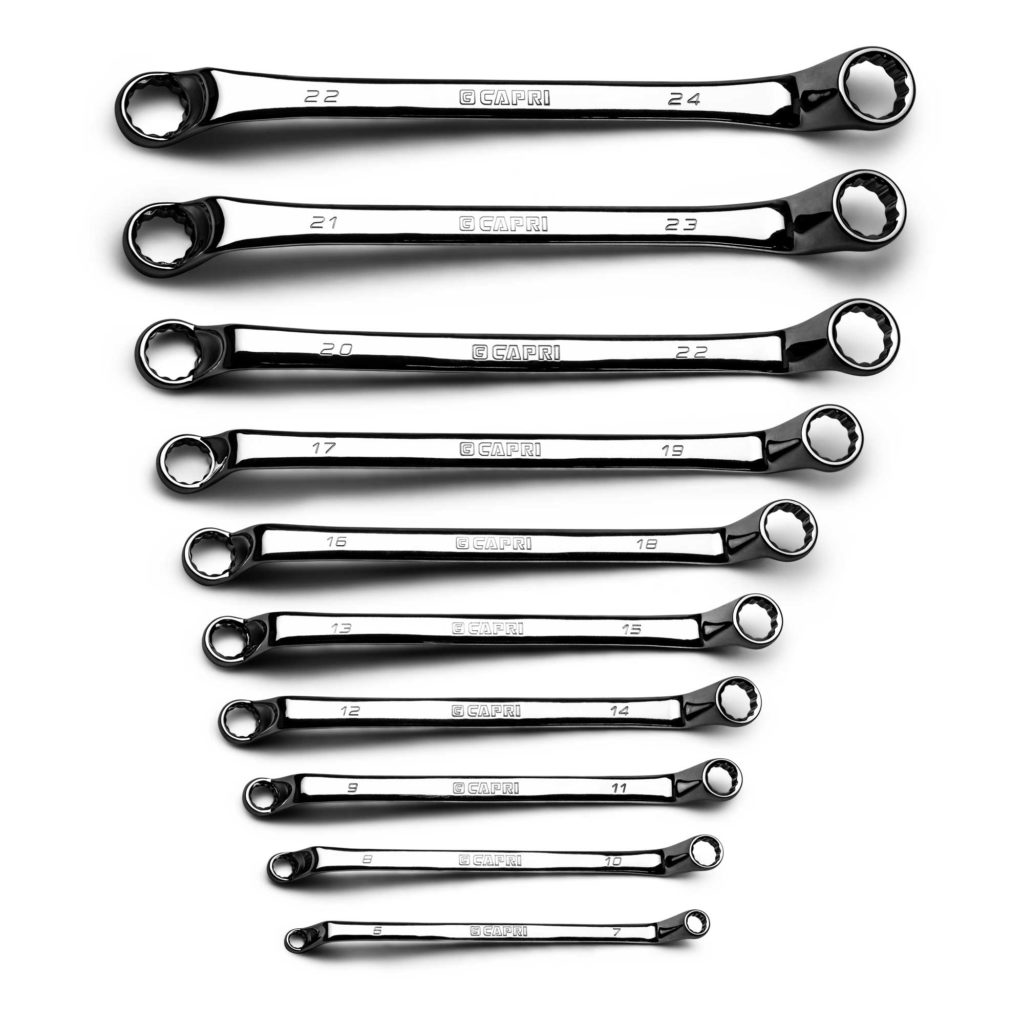 Frequently Asked Questions
Frequently Asked Questions
What is the Difference Between a Box End Wrench and a Combination Wrench?
A box end wrench has a closed-loop head designed to fit snugly around the fastener, providing better grip and torque. A combination wrench typically has a box end on one side and an open-end on the other, offering versatility for various tasks. While combination wrenches are multipurpose, box end wrenches provide superior control and are preferred for applications requiring more torque.
Can Box End Wrenches Be Used as Open-End Wrenches?
While box end wrenches can sometimes be used in a similar manner to open-end wrenches, they are not designed for this purpose. Using a box end wrench as an open-end wrench can damage the tool and the fastener. It’s best to use wrenches as intended to ensure longevity and safe operation.
How Do I Choose Between Metric and Standard Box End Wrenches?
The choice between metric and standard box end wrenches depends on the type of fasteners you encounter. Metric wrenches are used for fasteners measured in millimeters, common in European and Asian vehicles and machinery. Standard wrenches are used for fasteners measured in inches, typical in American-made vehicles and equipment. Having both types in your toolkit ensures you’re prepared for any situation.
What Sizes Should I Include in a Basic Box End Wrench Set?
A basic box end wrench set should cover a range of common sizes used in most applications. For metric sets, include sizes from 6mm to 19mm. For standard sets, include sizes from 1/4 inch to 3/4 inch. These sizes accommodate a wide variety of fasteners, making your toolbox more versatile and useful.
Are Adjustable Wrenches Better Than Box End Wrenches?
Adjustable wrenches offer flexibility by allowing you to adjust the jaw size to fit different fasteners. However, they do not provide the same grip and torque as box end wrenches. For tasks requiring precision and strength, box end wrenches are the better choice. Adjustable wrenches can be a useful addition for situations where multiple sizes are needed quickly.
How Should I Maintain My Box End Wrench?
Maintaining a box end wrench involves regular cleaning, lubrication, and proper storage. After each use, wipe the wrench down to remove dirt and debris. Apply a light lubricant to any moving parts if applicable. Store the wrench in a dry, organized space to prevent rust and damage. Regular inspections for wear and tear ensure your wrench remains in good condition.
Can I Use a Box End Wrench on Tight Spaces?
Yes, box end wrenches are suitable for tight spaces, especially if you choose a design with a narrow head or a ratcheting mechanism. Crowfoot wrenches, a type of box end wrench without a handle, are particularly useful for accessing fasteners in very confined areas.
What Are the Best Brands for Box End Wrenches?
Several brands are renowned for their high-quality box end wrenches. Some of the top brands include:
- Snap-On: Known for their durability and performance, Snap-On wrenches are a favorite among professionals.
- Craftsman: Offering reliable tools at affordable prices, Craftsman wrenches are popular for both professional and home use.
- GearWrench: GearWrench is celebrated for its innovative ratcheting mechanisms and ergonomic designs.
- Stanley: Stanley provides a wide range of durable and dependable box end wrenches suitable for various applications.
- Wilton: High-quality and precision-engineered, Wilton wrenches are trusted by mechanics and DIY enthusiasts alike.
How Do I Store My Box End Wrench Set?
Store your box end wrench set in a tool organizer, toolbox, or pegboard. Ensure each wrench has its designated place to prevent loss and damage. Keeping your wrenches organized and easily accessible saves time and keeps your workspace tidy.
 Conclusion
Conclusion
A box end wrench is a versatile and essential tool for any toolbox, offering superior grip, torque, and protection for fasteners. Whether you’re engaged in automotive repairs, plumbing, construction, or DIY projects, understanding the features, types, and proper usage of box end wrenches can enhance your efficiency and ensure the longevity of both your tools and your work. By investing in high-quality wrenches, maintaining them properly, and choosing the right size for the job, you can tackle a wide range of tasks with confidence and precision. Embrace the reliability and effectiveness of box end wrenches, and elevate your tool collection to new heights of functionality and performance.
